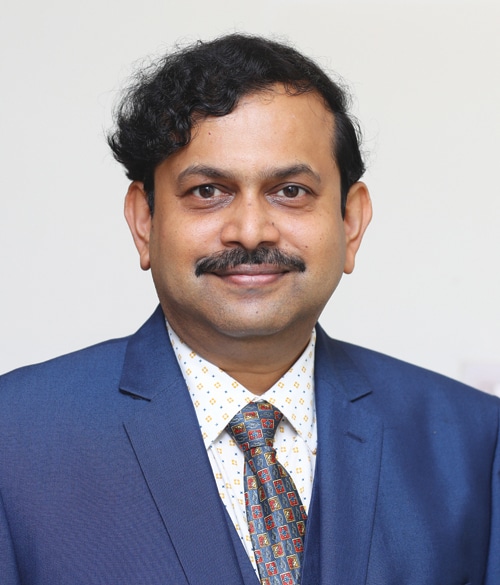
[ad_1]
Commenting on the industry-academia gap and the need for better training, International Institute of Information Technology Bangalore’s Director, Prof. Debabrata Das, tells Yashasvini Razdan from Electronics For You, how IIIT Bangalore is enhancing its curriculum to create better engineers who can contribute vastly to the Indian ESDM sector.
Q. What is the goal of setting up an institution like the International Institute of Information Technology?
A. It’s a very good question, as you are going straight to the fundamentals of why IIIT was created. IIIT Bangalore was started in 1998. At that time India was poised to take a spring into the information technology industry. This was in the last century, and at that time, the Y2K problem was very large across the globe and a lot of manpower was needed in the information technology sector from India to solve the Y2K problems across the globe. Hence, the government of India and the state governments of India found that more manpower was needed in this niche technology area.
So, to give importance to information technology—industry and academia—this new set of institutions was set up at that time, called as IIITs. The main aim of these institutions was to focus on the broad areas of information technology (IT), because IT can be used in agriculture, space, education, and health for the upliftment of society, businesses, banks, and finance. These institutions mainly teach to uplift or train new members and also do deep research.
Q. Why did the government not just set up more Indian Institutes of Technology (IITs) focused on the same instead of establishing a completely different set of institutions?
A. There have been more IITs set up after 2000. Before 2000, there were only six IITs, but 17 more IITs were added later on. IITs are much larger because there are at least 10 departments ranging from mechanical, chemical, civil, electronics, electrical, computer science etc.
The major difference between IITs and IIITs is that the latter are only focused on the broad areas of information technology. Most of the IIITs don’t offer subjects such as civil engineering, aerospace engineering, or chemical engineering. IIITs are mainly focused on computer science engineering, AI/ML, data science, and electronics and communication engineering.
Q. What kind of human resources do IIITs aim to develop?
A. IIITs aim to create professionals who will go into the industry as well as academicians and researchers who’ll build more patent-worthy technologies. The first aim of IIITs is to build highly skilled human resources who can design new products in the areas of information technology in software as well as hardware engineering. These people are trained to develop software stacks and hardware after the design and research on new problems to be solved.
What sets apart these trained and highly skilled individuals from engineers who are trained at other institutions is that it’s only after the former design the architecture, can the latter write codes or design and produce PCBs, or software architecture/software stacks. Major design and development happen because of these highly skilled professionals. There are also many new research problems and innovations that pop up every day and IIITs are working to solve them.
We also train individuals to solve the problems of the citizens and the government and encourage them to come up with solutions that will be used by the citizens. Through our research, we produce patents, publish a lot of papers, and enable startups.
Q. How are the IIITs contributing to the electronics system design and manufacturing (ESDM) sector, which has seen a lot of focus since the pandemic?
A. It’s a good question, I appreciate that. So, you see, information technology has two major hands—the first is software engineering which we refer to as applications or operating systems, but to give the power to the software to be executed and make the software run, we need hardware which is electronics engineering. Looking at that, we have computer science engineering as well as electronics and communication engineering.
WHERE IS THE REST OF THIS ARTICLE’S CONTENT?
[ad_2]






